*
I’m putting a master bedroom/bath in my basement along with redoing a lot of the existing plumbing (replacing 1/2″ with 3/4″ pipes). My question is: What are the pros/cons of using copper or PVC piping? Thanks for your input.
Bill
Discussion Forum
Discussion Forum
Up Next
Video Shorts
Featured Story
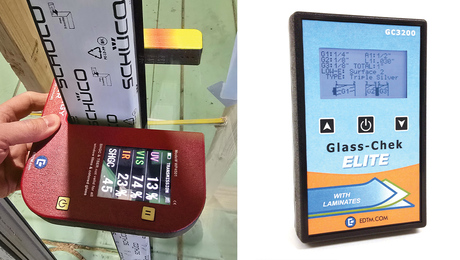
New devices showcased at the Builders' Show make it easy to measure glass performance, u-factor, SHGC, window thickness, and more.
Featured Video
SawStop's Portable Tablesaw is Bigger and Better Than BeforeHighlights
"I have learned so much thanks to the searchable articles on the FHB website. I can confidently say that I expect to be a life-long subscriber." - M.K.
Fine Homebuilding Magazine
- Home Group
- Antique Trader
- Arts & Crafts Homes
- Bank Note Reporter
- Cabin Life
- Cuisine at Home
- Fine Gardening
- Fine Woodworking
- Green Building Advisor
- Garden Gate
- Horticulture
- Keep Craft Alive
- Log Home Living
- Military Trader/Vehicles
- Numismatic News
- Numismaster
- Old Cars Weekly
- Old House Journal
- Period Homes
- Popular Woodworking
- Script
- ShopNotes
- Sports Collectors Digest
- Threads
- Timber Home Living
- Traditional Building
- Woodsmith
- World Coin News
- Writer's Digest
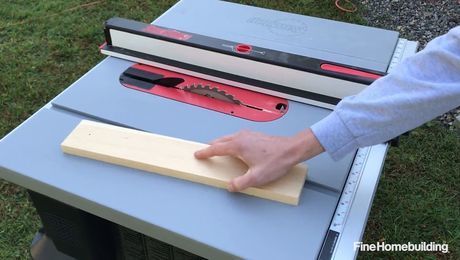
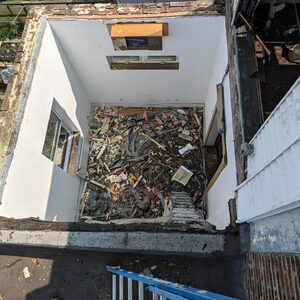
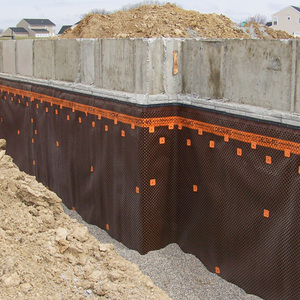
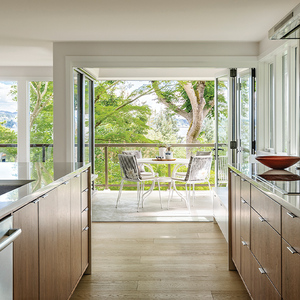
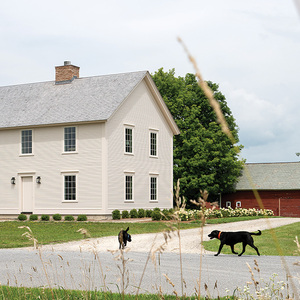




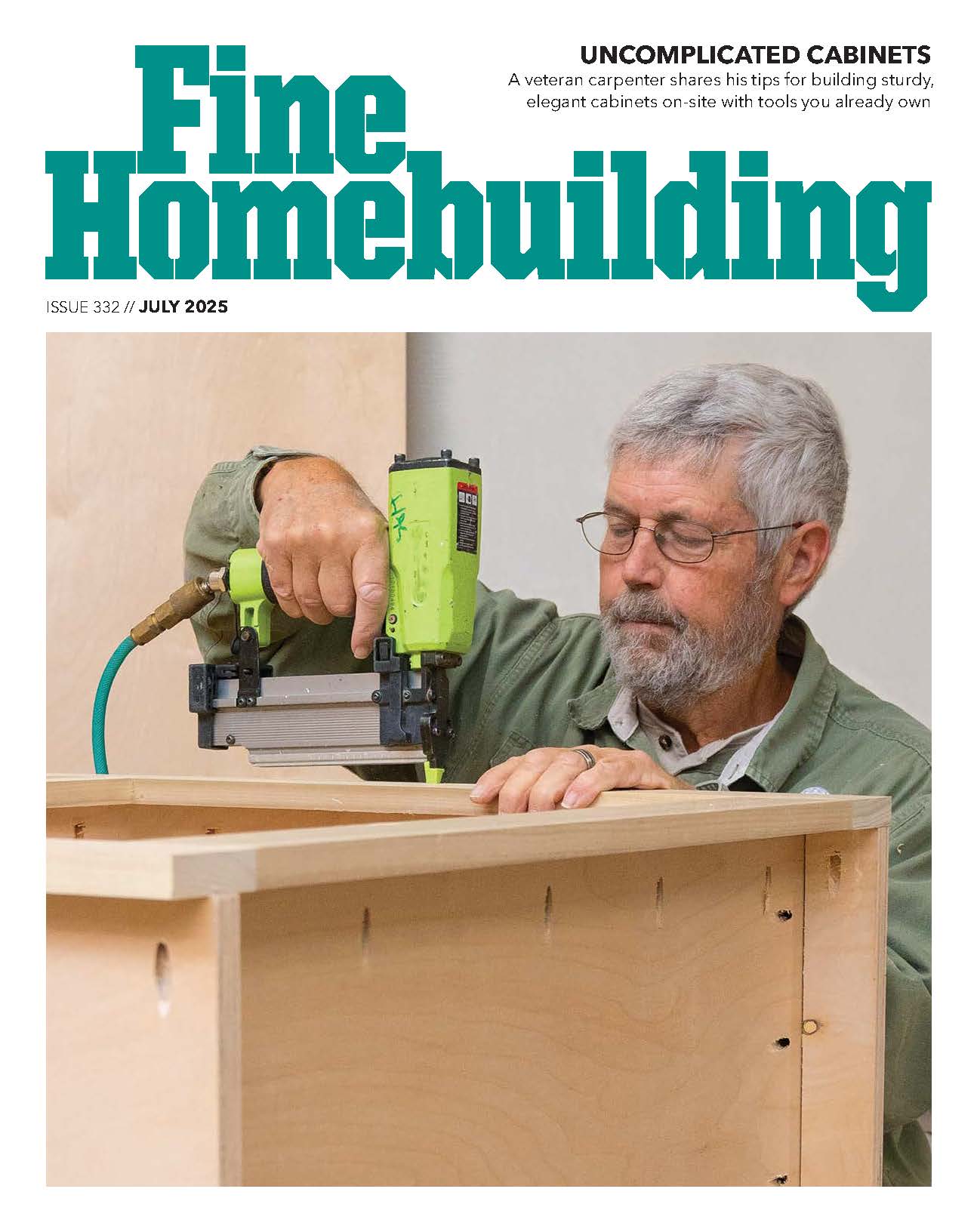








Replies
*
First, check your village building code - you may not have a choice.
Considerations to take into account include:
- Is your water Ph neutral? If not then PVC may be better because Copper pipes can corrode with basic or acidic water.
- Will potential buyers of your home value copper vs. PVC. If so, then copper is a good choice.
- Copper is repairable and extendable by just unsoldering a joint. With PVC you'll always end up installing a union.
- Copper is more rigid and requires fewer hangers.
- Your wife can polish copper pipes. With PVC she may have more time to think of other projects.
*
Perhaps you mean PEX, rather than PVC. See the discussion on PEX vs. Copper dated about a month ago. I'm not sure if PVC is rated for hot water ... perhaps Vinyl Chloride leaches out when PVC is heated to a certain temperature (VC is an extremely toxic compound, a gas at room temp. PVC is the polymerized version of VC.)
I would personally use the PEX. PEX is cross-linked polyethylene and has been proven safe for hot and cold distribution for over 20 years.
See http://www.vanguardpipe.com or
http://www.wirsbo.com
*CPVC is OK for both hot and cold water, however, my choice for a good, easily doable piping system would be PEX. Next would be copper if you are comfortable with the soldering process. Check with your code authorities first to see what they will approve.Also check with them before you begin construction. Most codes have specific egress requirements other than the main stairway for any sleeping areas.
*I assume you mean CPVC which is approved for hot water use. PVC is not - its peak strength is at 73F and bursting pressure and stiffness fall dramatically at higher temperatures. In very controlled, low pressure, non-code situations, I've used PVC to 140F, but it gets very soft and floppy. (And it has to solvent welded at those temperatures, female threaded fittings creep off the male threads).Most people find solvent welding quicker to learn than sweating copper. Plastic pipe is cheaper, the materials and tools are cheaper, and the installation is quicker. But I always use copper. Copper looks so much better, takes higher temperatures, and is perceived as being higher quality by customers/buyers.
*Good point on the egress. Most basement windows don't cut it -- too small and/or too high.Don't worry that copper is too hard -- but I'd like to try PEX from all the commentary here that it is superior.
*
Thanks for your comments & yes I did mean CPVC. I hadn't even heard of PEX, I'll have to a little more investigation. Codes allow for either.
Thanks Bill
*
You might want to think twice before changing any 1/2" hot water pipes to 3/4". Most people that have done that wished they hadn't because of the longer delay to get hot water.
*Agreed. On the other hand, the 3/4" pipe I put in for the "backbone" pipe running the length of the house (water heater in the center) has alleviated the scald-whoever's-in-the-shower-when-you-flush problem. (Yeah, I could get anti-scald mixer, but that costs money -- anyway we just lowered the water temp to 120°.) 1/2" pipe for single fixture runs. 3/4" pipe has more than double the cross-sectional area of 1/2" but only 50% more surface area. New 3/4" copper is also a lot bigger inside that rotted 3/4" galvanized.Ours is a small house too. In a bigger one I'd seriously consider one of those recirc setups.
*For a given flow rate, 1/2" will have four times the pressure drop as 3/4" (23 psi vs. 6 psi/100 feet at 5 gpm). Or, looked at the other way, for a given pressure drop, 3/4 will carry as twice much water (11 gpm in 3/4 vs. 5 gpm in 1/2" at 23 psi pressure/100 feet).Live in urban-wildfire-country? 2300 expensive homes burned up in the Oakland/Berkeley hills 8 years ago. Run a 3/4 or 1-inch line from the feed to 2-3 "hose bibs". But don't use hose bibs. Those globe valves lose LOTS of pressure even when full open. Use 3/4 or 1" full-bore ball valves. Have 3/4 or 1" hose - not the 5/8 stuff. You'd get 40 gpm in 1" versus 20 gpm in 3/4" versus 7 gpm in the standard 1/2" set-up. I've got a lot of beetle-killed spruce on my land so I'm considering a battery/generator powered boost pump as well. (When you're fighting a fire, the neighbors are as well and the pressure in the main drops a lot).Here's a really handy rule of thumb for sizing supply piping and sprinkler systems - water should flow about 5 feet per minute. Faster flow than that and you're wasting pumping energy and pressure. A lot slower than that and you spent too much on the piping.Recirc pumps: Almost instant hot in the bath and kitchen is great! I put in two water heaters to acheive that cheaply and easily once. A water heater costs about what a pump does and you save the copper, insulation and energy loss of a long hot loop. Alternately, if the HWH is in the basement, you can often run a thermoshiponing loop up toward the fixtures and then back down to the cold feed of the HWH. Insulate the whole thing and skip the pump.
*I agree Dave, but I would only go the multiple tank route with electric heaters since they don't have a flue thru the middle to make the standby loss so bad. I have also used a spot heater in series with the hot line under the sink. I almost allways plumb home runs for the hot water to each fixture. Sometimes I will even use 3/8". Ball valves are great, I put about a case of them in each house.Ron
*
Talked with a plumbing contractor this last weekend and have pretty well decided to go with 3/4" copper up to the point where the pipes go thru the floor to each room (baths, kitchen) all the piping downstairs for the new master bedroom bath will be 3/4" for the shower, whirlpool and vanities, I will also have the laundery room repiped to 3/4". My next question is: to do this plus tearing up a concrete floor for three drain lines and re-cementing, putting in a 42 x 36 shower base, with all the nessecary valves, elbows, approximately 250' of 3/4" copper. I was quoted a price of 1800.00. Is this in the ballpark? Thanks bill
*
Ron: Agreed. Clearly the second tank isn't worth it if it's gas and you need to run a second flue and incure the losses through the HX in the middle of the tank. In the case I wrote about, the original and primary HWH was gas and was right under the bathroom. I added an electric HWH right under the kitchen. A bit more $ per equivalent BTU, but no flue, less losses and the kitchen doesn't use nearly as much as the bathroom.
*You didn't mention what the original piping is.. I assume black "iron" or galvanized steel. Note that each place copper meets steel will create a galvanic cell - a battery of two dissimilar metals causing corrosion. A "dielectric union" (available at all plumbing and home centers) eliminates this by having a bit of plastic between the dissimilar metals.Price first struck me as a little cheap, but hanging pipe on the floor joists above the basement is as easy as plumbing gets. So per foot gets cheaper. Seems in the ballpark. -David
*3/4" type L is about $1 a foot, right? Be sure to ask whether you're being quoted M or L (or K?).Ball valves are great. Pricey but reliable and very quick, plus easy for anyone to manipulate even if it hasn't been used in a while.Dielectric unions are not forever -- they have to be left accessible. In our house the former homeowner screwed copper into galvanized about 25 years ago; surprisingly little corrosion today. It all depends on your water. Remember that copper is vulnerable to aggressive water, otherwise will last 50 years+.
*
Bill;
Washing machine supply lines, too? Make sure the plumber puts arrestors on both the hot & cold lines near the washing machine. Also make sure to install a Guy Grey box (auto washer or whatever you call them in your area) if you don't have one. The ones with a double ball valve is user friendly to turn off the water between usages.
BTW: Arrestors are not the same as air columns which will eventually fill with water.
Cheers; JE
*The original is 1/2" copper, price includes the laundry room and new pipe to the water heater and to all outside water. Again thanks for all your responses. Bill
*
I'm putting a master bedroom/bath in my basement along with redoing a lot of the existing plumbing (replacing 1/2" with 3/4" pipes). My question is: What are the pros/cons of using copper or PVC piping? Thanks for your input.
Bill